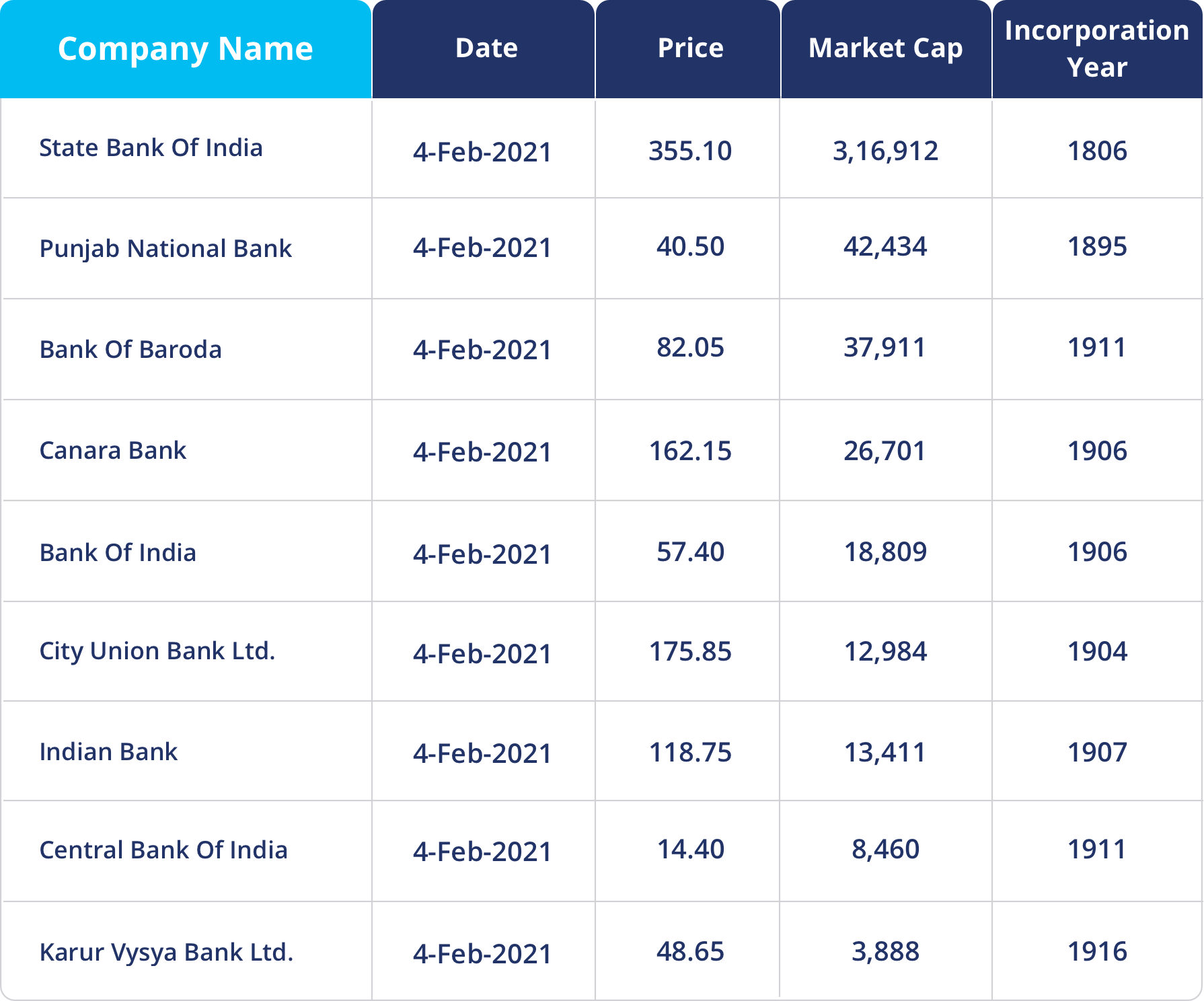One century, two pandemics & lessons learned for life5 min read
In several old & new Bollywood movies, we have seen a city life portrayal through the eyes of a person who is new to the city. For instance, if we look at Raj Kapoor’s famous, “Shree 420”, the movie portrays a youth villager who has come to Mumbai to find a job. The protagonist asks a beggar, “Is Everyone Deaf In Bombay?”, to which the beggar replies, “Deaf & Blind. They hear nothing but just the sound of money. This is Bombay, my brother Bombay, where buildings are made of concrete and the heart of stone.”
This scene can be true for any city around the world, we lived a fast, self-absorbed life until covid 19 happened to us. Everyone and everything came to a standstill in April 2020, when coronavirus attacked us. Ordinary people, scholars, and professionals began commenting on how this virus may have had the worst impact on society in general. However we believe this isn’t the truth, in fact, it isn’t close to the worst when we compare it to the Spanish flu which lasted for more than 2 years.
Let us take you through some key similarities and differences between the two and try to learn from the worst situations life puts us through.
The pandemic “Spanish Flu” is believed to have originated from influenza-infected World War I troops returning home. The disease was passed on to troops and eventually spread amongst civilian populations in different regions.
In India, the second wave of Spanish flu originated in Bombay in September 1918, simultaneously spreading North and South, and reaching Sri Lanka and the northern Indian provinces in October 1918.
Spanish flu was considered much more outrageous considering it impacted everyone, from senior citizens to young adults to even children under the age of 5. No one was spared. Back in the day, a 25-year-old was as susceptible to death from the Spanish flu as a 74-year-old was. This is unusual for the flu.
During 1918-1920 the Spanish Flu took over the entire globe. Globally, one-third of all human beings were infected by the disease and roughly 50 million people died compared to 2.28 million reported deaths in Covid -19 pandemic as of Feb 5, 2021.
Pandemic – a Teacher
The Spanish Flu & Covid-19 has taught us many things, however, the key takeaway is that despite being 100 years apart, the overall human behavior has been more or less the same. People still behave in what we may call Maslow’s law, we aimed to fulfill basic needs first and everything else later.
This is precisely why companies who have stood the test, perhaps those who have survived more than 100 years, are most likely to be consumable product companies.
Companies selling essential items or services like food, banking, textiles, or clothing have stood stronger than everyone else.
Not just two pandemics, but these companies have been around for more than 100 years and have witnessed both the World Wars, the Great Depression, India’s independence struggle, the license-permit raj, controls on foreign exchange and expansion, and the reforms of the 1990s.
Some examples of companies that have been with us for a long time are ITC, Britannia, Shalimar Paints, State Bank of India, and so on.
These handful of Indian companies have seen it all and adapted along the way to do well. India has around three dozen century-old companies that are listed and still actively traded. Let’s look at some of the properties/characteristics of these companies and how they have stood strong.
Fast Moving Consumer Goods with Deep Roots
Among the fast-moving consumer goods companies, ITC and Britannia Industries have been incorporated before 1918 i.e the Spanish Flu.
Eventually, ITC expanded its operations like Hotels, Paperboards & Specialty Papers, Agri-Business, Education & Stationery Products, Lifestyle Retailing, Branded Packaged Foods, Personal Care Products, Tobacco products, and so on.
Britannia, today a leading player in the Rs 12,400-crore biscuit market, started out in 1892 as a tiny operation in a modest house in Calcutta (now Kolkata), with an initial investment of Rs 295.
Banks Aced the Adaptability Test
Government-owned banks such as State Bank of India, Canara Bank and Punjab National Bank, and so on were established in the 1800s and early 1900s and are still up and running.
These banks have transitioned from physical to online presence over the years. They have managed to adjust and make a firm presence in this digital world.
Here is the list of banks that are two pandemics old, along with other details such as stock price and market cap.

The Rise & Shine of Paint Cos
Some century-old paint makers like Kansai Nerolac, Berger Paints & Shalimar Paints which were incorporated in 1920, 1923 & 1902 respectively have managed to hold their grounds and sustain even after witnessing two pandemics.
Shalimar Paints is famously known as the oldest paint company in South Asia. Whereas Kansai Nerolac Paints, erstwhile Goodlass Nerolac Paints is the second largest paint company in India and is the leader in the industrial segment. The name Berger or Lewis Berger is today synonymous with colour worldwide.
“Kapda” of Roti, Kapda aur Makaan
Indian textile mills such as Phoenix Mills, Ruby Mills, Lakshmi Mills, and so on ensured that the pandemic did not stop people from accessing the basic need of clothing especially back in the 1920s.
Some clothing companies, like Bombay Dyeing & Manufacturing Co, are standing the ground even today. This legacy of 100 years tells a story of strong company fundamentals.
Let us know your thoughts in the comments and any such company that you may have invested in!





Masoom Sahoo
Test comment - 1